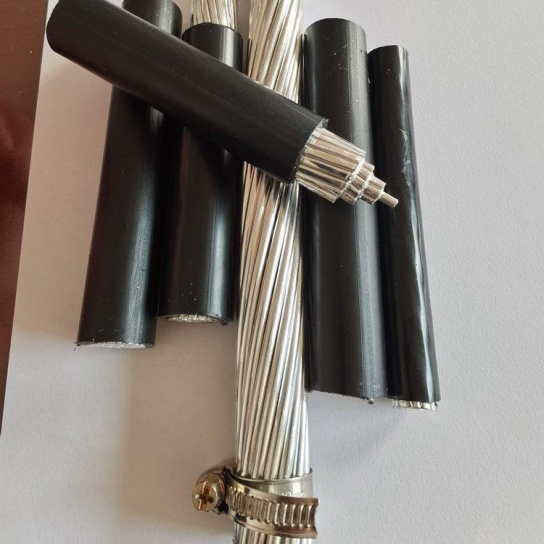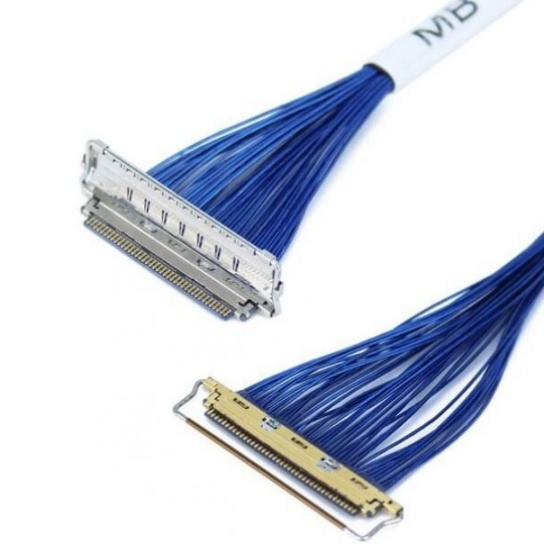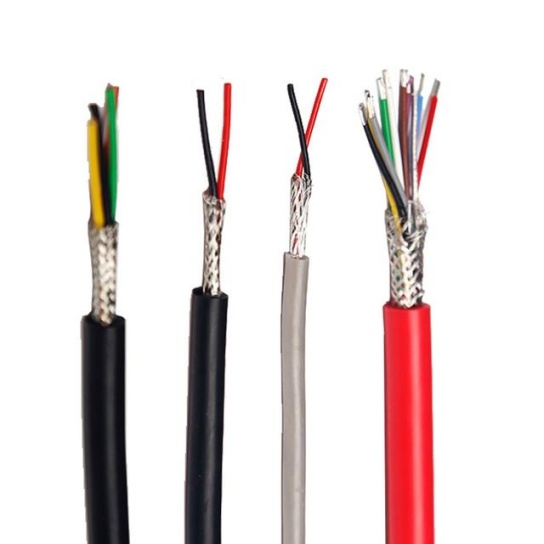Sky-High Organization: How RFID Tracking Revolutionizes Aviation Cable Management
Keeping track of the intricate web of cables and wire harnesses within an aircraft is a monumental task. Manual methods like spreadsheets, paper logs, or visual inspections are notoriously time-consuming, error-prone, and inefficient. This is where RFID Tracking Systems step in, offering a powerful, automated solution for aviation cable management.
The Challenge: Tangled Tracking in Aviation
Aviation cables (wiring harnesses, looms) are critical for safety, navigation, communication, and systems operation. Yet, managing them involves significant hurdles:
- Massive Volumes: Aircraft contain thousands of cables, often visually similar.
- Complex Routing: Cables snake through tight spaces, making individual identification difficult.
- Manual Errors: Recording serial numbers or locations by hand is slow and prone to mistakes.
- Tracking Lifecycle: Managing installation, maintenance, repair, modification, and replacement history is complex.
- Audit & Compliance: Demonstrating accurate records for regulatory bodies requires robust proof.
- Downtime Costs: Searching for specific cables or verifying installation significantly impacts maintenance schedules.
The Solution: RFID for Precision Cable Tracking
Radio Frequency Identification (RFID) uses small electronic tags and readers to wirelessly identify and track items. Applying this to aviation cables offers a transformative approach:
- Tagging the Wires: Small, durable, aviation-approved RFID tags are attached to individual cables, harnesses, or bundles. These tags store a unique identifier (UID) linked to detailed information in a database.
- Practical Tip: Tags come in various forms (labels, epoxy tags, flag tags) suitable for different cable sizes and environmental conditions (heat, vibration, fluids). Select tags certified for aviation use.
- Quick & Easy Scanning: Maintenance technicians use handheld or fixed RFID readers. Simply passing the reader near tagged cables instantly captures their UID.
- Practical Benefit: No need for direct line-of-sight (unlike barcodes). Scan hundreds of cables bundled together or behind panels in seconds, drastically reducing inspection/audit time.
- Real-Time Data Access: Each scan instantly retrieves the cable’s complete digital record from the integrated database. This can include:
- Part Number / Manufacturer
- Serial Number
- Installation Date & Location (Airframe/Zone)
- Maintenance History (Inspections, Repairs, Replacements)
- Certification Data
- Next Due Maintenance
- Associated Drawings / Schematics
Practical Benefits Solving Real Aviation Problems:
- Dramatically Faster Inspections & Audits: Verify aircraft configurations, locate specific harnesses for maintenance, or audit entire cable systems in minutes, not hours or days. Solution Provided: Reduces aircraft downtime.
- Eliminate Manual Tracking Errors: Automated data capture removes transcription mistakes and misidentification. Solution Provided: Ensures accuracy in maintenance records and parts replacement.
- Streamline Installation & Maintenance: Instantly verify the correct harness is installed in the correct location, preventing costly errors and rework. Solution Provided: Improves MRO efficiency and first-time fix rates.
- Enhanced Traceability & Compliance: Maintain a complete, auditable digital history for every cable from installation to retirement. Easily generate compliance reports. Solution Provided: Simplifies meeting FAA/EASA regulatory requirements.
- Improved Inventory Management: Track spare cables, know exactly what’s on the shelf, and automate reordering processes. Solution Provided: Optimizes warehouse space and reduces excess inventory costs.
- Faster Troubleshooting: Quickly identify related components and access historical data when diagnosing wiring issues. Solution Provided: Reduces Mean Time To Repair (MTTR).
Key Considerations for Implementation:
- Tag Selection: Partner with suppliers experienced in aerospace-grade RFID tags that meet environmental specs and won’t interfere with aircraft systems (RTCA/DO-160 testing often required).
- Robust Software: Choose tracking software that integrates easily with existing MRO/M&E systems and provides intuitive dashboards and reporting.
- Database Integrity: Ensure accurate data entry when tagging cables initially and rigorous updating during all maintenance actions.
- Training: Technicians need proper training on scanners and software for maximum efficiency.






